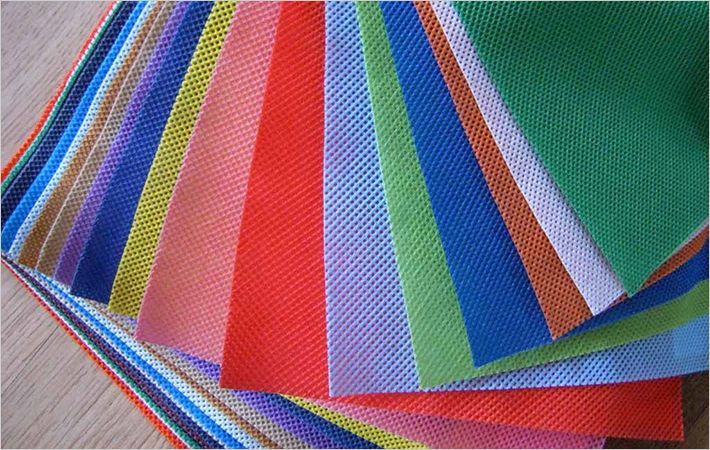North Sea Boats Ltd successfully launched one of the most innovative warships in the world into the straits between East Java and Bali, at Banyuwangi, in the Republic of Indonesia.
The result of a 24 month research, design and development collaboration with New Zealand naval architects, LOMOcean Design Ltd, the ship represents a significant step forward in the use of advanced warship building technologies in countries outside of Europe and the United States.
Offering stability and shallow draft, the vessel is designed for patrolling the littorals. The hull shape is intended to permit high speeds to be maintained and thus maximize crew operational capability in the short, steep seas characteristic of the coastline around the Indonesian Archipelago. The design borrows elements from previous trimarans from the same designer, including the 24m Earthrace (later Ady Gil), holder of the record for the fastest circumnavigation of the globe by a power boat.
The underwater sections have been optimized for extended range at fast patrol speeds; the length, transverse and longitudinal positions and immersion of each of the three hulls have been carefully tailored for least resistance using both slender body analysis and towing tank testing. Powering and propulsion is courtesty of multiple MAN V12 diesel engines, coupled to MJP 550 water jets, located in both the centre hull and each of the two side hulls for maximum propulsive thrust and manoeuverability.
The use of carbon foam sandwich composites on this scale in naval application is unprecedented outside of Scandinavia and is representative of the current state of the art in both maritime composites structural engineering and production technology.
The structural design was subject to third party approval by Germanischer Lloyd in Hamburg, using design and approval methodologies tailored specifically for the unusual geometry of a large, wave-piercing trimaran. The construction medium offers multiple benefits, including reduced weight (laminated carbon fibre has a density nearly half that of aluminium alloys), reduced maintenance (carbon composites cannot corrode and exhibit extremely high fatigue limits), tailorability of radar cross section (true flat panel geometry can be attained due to no distortion during assembly), extremely high geometrical accuracy (permits as-built hull shape to remain faithful to theoretical optimums), nil magnetic signature, reduced thermal and acoustic signatures etc.
Production engineering methodologies were selected and tailored to the local labour environment, with emphasis placed on the use of advanced manufacturing techniques and a combination of excellent training and robust systems guaranteed to offer high part quality, repeatability and geometrical accuracy. The use of infusion technology in particular offers high level of confidence in the quality and consistency of fiber wet out, high resin to fiber ratios, low void content and excellent bond quality between skins and core as well as at core joints.
Traditionally, achieving high levels of quality in composite construction on a large scale has been problematical without a highly skilled, specialist workforce. The high volume, vacuum infusion systems introduced by North Sea Boats almost completely mitigates such risks and offers high confidence in the integrity of the structures involved. The flat, facetted panel geometry of the ship lends itself well to high volume production systems, minimizing tooling costs. And advances in numerically controlled milling machine technology also create extremely high levels of assembled part accuracy.

